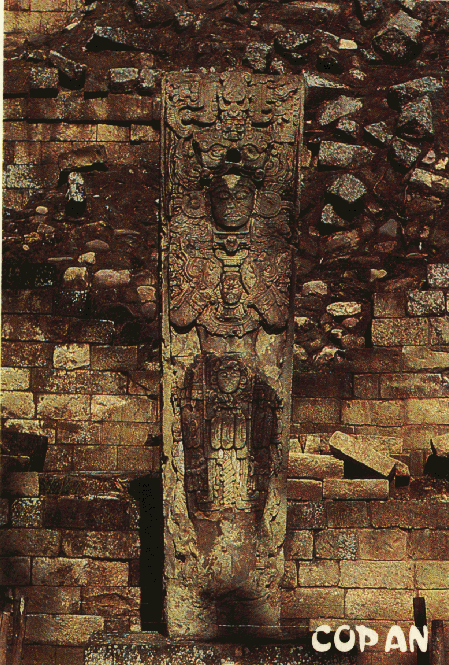 Mrs Fox and I went to Church on Sunday, or rather Chapel, as the Expert on the Premiership was acolyting at St George's Chapel, Windsor Castle.
Mrs Fox and I went to Church on Sunday, or rather Chapel, as the Expert on the Premiership was acolyting at St George's Chapel, Windsor Castle.


 Mrs Fox and I went to Church on Sunday, or rather Chapel, as the Expert on the Premiership was acolyting at St George's Chapel, Windsor Castle.
Mrs Fox and I went to Church on Sunday, or rather Chapel, as the Expert on the Premiership was acolyting at St George's Chapel, Windsor Castle.
For those of you who don't visit the altar too often, an acolyte is a lad who carries the candles, counts the congregation to enable the correct number of wafers to be blessed and reports back later on the number of mistakes made during the service.
Back to St George's: on 6 August 1348 King Edward III founded the 'Royal Free Chapel of Our Lady, St George and St Edward the Confessor within the Castle of Windsor.' Earlier that year the King had founded the most Noble Order of the Garter' and there is little doubt that Edward intended the Chapel to serve the Order.
The College of St George became one of the small group of medieval colleges known as 'Royal Free Chapels'.
The constitution of the college was promulgated on 30 November 1352. It was to consist of a Warden, twelve secular canons, thirteen presbyters or vicars, four clerks and six choristers. The six chorister boys would require training in the complexities of the liturgy with its three essential elements of text, chant and ceremony. To fulfill this vital task the statutes of the College directed that one of the vicars 'more learned than the rest in teaching grammar and singing' was to be appointed as grammar master, a title held to this day by the headmaster of the choir school.
In 1473 Edward IV decided to rebuild the Chapel. It was not completed until 1528, when Henry VIII was on the throne. This building, which, with minor additions, remains unchanged to this day, is one of the most beautiful buildings in the UK. It has a stunning roof apparently floating in space lightly supported by fluted columns. As well as the sense of joy and peace this gives one, the real history of the realm is all around. Unlike the ersatz show at many 20th century theme parks, it is the very epicentre of English Royal history. It contains the bones of no less than ten monarchs including Charles I, plus head, Henry VIII and his third Queen Jane Seymour (remember divorced, beheaded, died; divorced, beheaded, survived). Incidentally the Queen's Closet (pictured below), from which the survivor Catherine Parr, watched the burial, still exists high on the wall of the Choir. It was also used by Queen Victoria during her period of mourning for Prince Albert.
 Also in the Choir are the stalls of the Garter Knights. Each stall carries on brass plates the names of every Knight that sat in it since the beginning of the order. What a catalogue of the great and the good since 1348.
Also in the Choir are the stalls of the Garter Knights. Each stall carries on brass plates the names of every Knight that sat in it since the beginning of the order. What a catalogue of the great and the good since 1348.
Apart from the place itself, the music that is produced within it is amongst the finest example of the choral idiom that can be found. Indeed at times when a particular blend of voices occurs - the boys only sing in the choir for approximately three years - it is undoubtedly the finest.
We were attending the September Obit. An Obit in the relevant sense of the word is a 'yearly (or other) service in commemoration of, or on behalf of the soul of a deceased person on the anniversary or other mind-day of his death'. Such commemorations are integral to the function of the College of St George, for it was explicitly founded in order to 'wait perpetually upon the Lord' for the salvation of souls living and departed, and particularly the souls of the Sovereign and the Royal Family.
As time passed the multiplicity of Obits required a consolidation, which took place during the Reformation into quarterly commemorations of all the College's benefactors. Amongst these, surprisingly for those believers in the Tudor propaganda of Shakespeare, was Richard III, 'Crookback Dick' of grisly legend.
He certainly warmed the choristers' hearts and their feet, for in 1484 he commanded the keeper of the woods at Cambourn in Windsor Forest to deliver, annually, 13 cartloads of fire-wood to the master of the choristers at St George's, a very welcome gift indeed.
Reverting to the Tudors, the order of service used at the September Obit today is substantially the same as the order approved by Queen Elizabeth I.
It contains amongst glorious psalms and canticles the lesson from Ecclesiasticus 44.1-15 which begins with the phrase 'Let us now praise famous men, and our fathers in their generations.'
Some of those commemorated in the service were in fact ladies and were given the same treatment as the men, which demonstrates that at least when a Queen is Sovereign those of her own sex are honoured. A lesson for today perhaps.
St George's Chapel is open to the public, not only for tours, but more importantly for most services. Anyone with the slightest interest in history, music and of course religion will benefit from a visit.
NB
 Back to the London Mall
Back to the London Mall